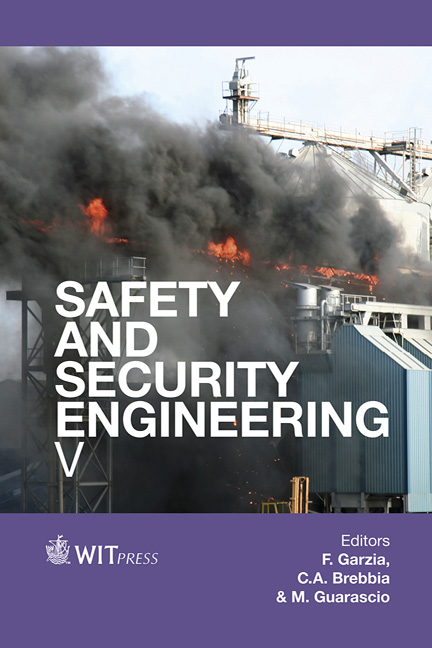Estimate Modelling For Assessing The Safety Performance Of Occupant Restraint Systems
Price
Free (open access)
Transaction
Volume
134
Pages
9
Page Range
627 - 635
Published
2014
Size
1,750 kb
Paper DOI
10.2495/SAFE130561
Copyright
WIT Press
Author(s)
H. Horii
Abstract
In this research, some estimate models of occupant’s injury criteria at a frontal crash were constructed by using two machine learning methods, Gaussian Process and Kriging from sampling data sets computed by multi-body dynamics simulation. Then we evaluated the performance and their properties of the learning and the sampling methods. Although substituting virtual evaluation by computational simulation for physical crash tests has brought significant reduction of the time and the cost for design and evaluation of the occupant restraint system, the virtual evaluation of the crash has a problem to be solved. That involves huge computation time caused by the combinatorial explosion of various factors such as the crash condition, the design variables of the restraint system and the posture of the occupant. Since complex interaction among the various factors affect response of the injury criteria, repetitious computation and evaluation are required. Therefore, a quantitative and qualitative virtual evaluation method reducing the number of times for computation is demanded. This research investigated the applicability of machine learning methods as a means of estimating the highly nonlinear and multimodal response. Machine learning is an artificial intelligence technology which acquires rules behind observed data set automatically. Generally, efficiency is opposed to precision and complexity, that is, improving the precision of the estimate requires high density sampling in a design variable space. Furthermore, estimating complex input-output response requires various combinations of the design variables. So, in order to find an efficient sampling policy, we investigated the trade-off relationship among \“the sampling method and the number of samplings” and \“the precision of the estimate response and the complexity of the response”. Keywords: occupant safety, injury criteria, CAE, machine learning, estimate modelling.
Keywords
occupant safety, injury criteria, CAE, machine learning, estimate modelling





